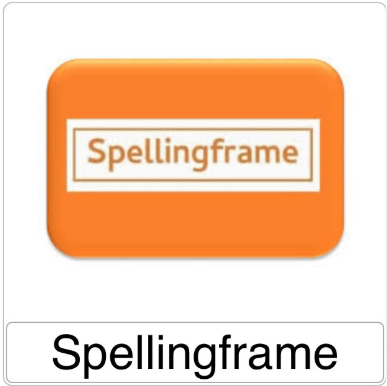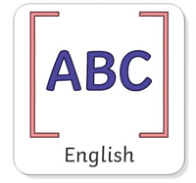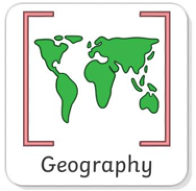Thursday
Division with remainders. This time you may need to look at each digit separately.

Thursday 13th march 2025
LC: To write a narrative story opening- independent.
Using your plan write a narrative story opening with your innovated characters and animal.
13.03.25
LC- To divide by 10 and 100






Complete worksheet 5 pages 9-10.

Thursday 13th March 2025
LC: To name parts of a volcano and explain these.
Top tip: remember diagrams are a simplified drawing showing the appearance, structure or working of something. Your descriptions should be simple and not too detailed.
Read the information below and complete the diagram.
A Look Inside a Volcano for Kids
There are several parts of a volcano, each working together to produce an eruption. The main volcano parts include:
Ash Cloud - A cloud of ash formed by volcanic explosions:
When a volcano erupts, it spews ash high into the air. The ash can create dangerous ash clouds that can drift for miles. These clouds can also contain tiny particles of glass that cause serious damage to eyes and lungs.
Ash Clouds are large clouds of gas and dust ejected from a volcano. They can travel 10,000s of Miles! The ash can be extremely hot and cause wildfires, even far away from the eruption site. Rainfall can wash out light volcanic ash, causing mudslides; heavier tephra deposits can cause roofs to collapse under the weight. Some volcanoes create significant weather changes when they erupt because of the ash particles in the air blocking sunlight and reflecting heat.
Crater - The mouth of a volcano, which surrounds the vent:
One of the most exciting bits, when you look inside a volcano for kids, is the crater. In a crater, the mouth of a volcano, there is an opening to the magma chamber below. The shape of this opening can vary from circular to oval or elliptical. These craters are formed by explosions caused when hot molten rock and ash escape from the magma chambers below ground.
The rim around a crater has two basic shapes: scalloped and crenulated. Scalloped rims have ledges that form long curves in one direction around their circumference while crenulated rims only have little jagged projections on them.
Many volcanoes emit smoke (volcanic gases) as well as lava (molten rock). A volcanic eruption happens when pressure builds up deep underground until it forces open cracks in the ground. Volcanic eruptions can release clouds of poisonous gases and molten rocks, known as lava.
Conduit - An underground passage which magma travels through:
One of the most important volcano parts is the conduit, which is an underground passage through which magma travels to the surface of a volcano. The molten rock rises in the conduit, because it is less dense than surrounding solid rock. When it reaches the open air, it starts to cool and turn into lava.
The shapes of conduits are created by explosive eruptions that blast out large chunks of rock or by lava flows that force out the ground around them.
Vent - An opening in the surface of the Earth through which volcanic materials can escape:
The vent of a volcano is the opening through which lava, ash and gas explode out. Volcanoes are usually situated on land or underneath the ocean floor - not in the sky. The gases become trapped inside until they build up enough pressure to blast their way out. This accumulation of pressure can happen when magma heats up rocks beneath it. The rocks then expand, but get squashed by the weight of other layers above.
Magma chamber - A large underground pool of liquid rock found beneath the surface of the Earth:
A magma chamber is a large underground pool of molten rock found beneath the surface of the earth. The molten rock in the chamber, known as magma, acts like a filled bath - it takes up space and puts pressure on anything around it. This pressure builds until it finally has to escape somewhere
Lava – Liquid rock that flows out from a volcano:
Lava is a liquid rock which is formed when gas bubbles in molten rocks called magma force out the ground around them. Magma contains a lot of dissolved gases and as it rises to the surface pressure decreases. This allows bubbles to form and an eruption occurs.
Magma – Liquid rock inside a volcano. It can be runny or viscous (thick):
Magma is found inside a volcano and consists of molten rock. It can be runny or viscous depending on how much gas it contains. If magma reaches the surface, it becomes lava and erupts from a volcano. Magma rises because of the pressure difference between the magma and rocks around it: as more bubbles form in the magma, the pressure gets even higher.

Now answer this question in your books:
What is lava before it is ejected from a volcano.
Lava before it is ejected from a volcano is known as









